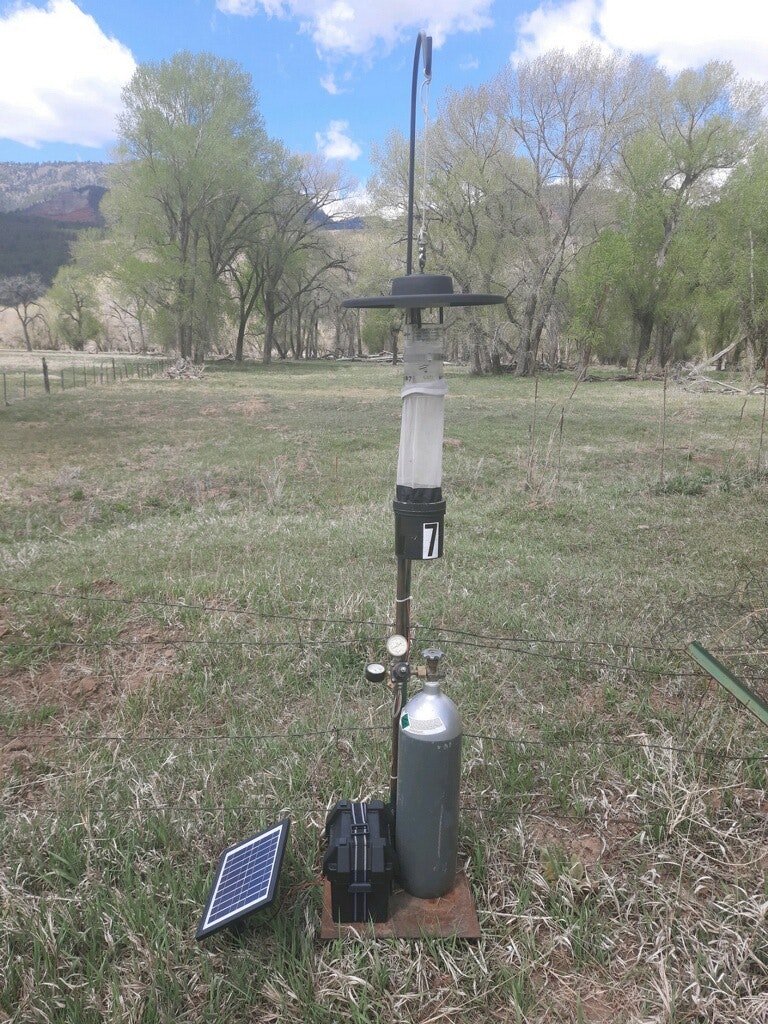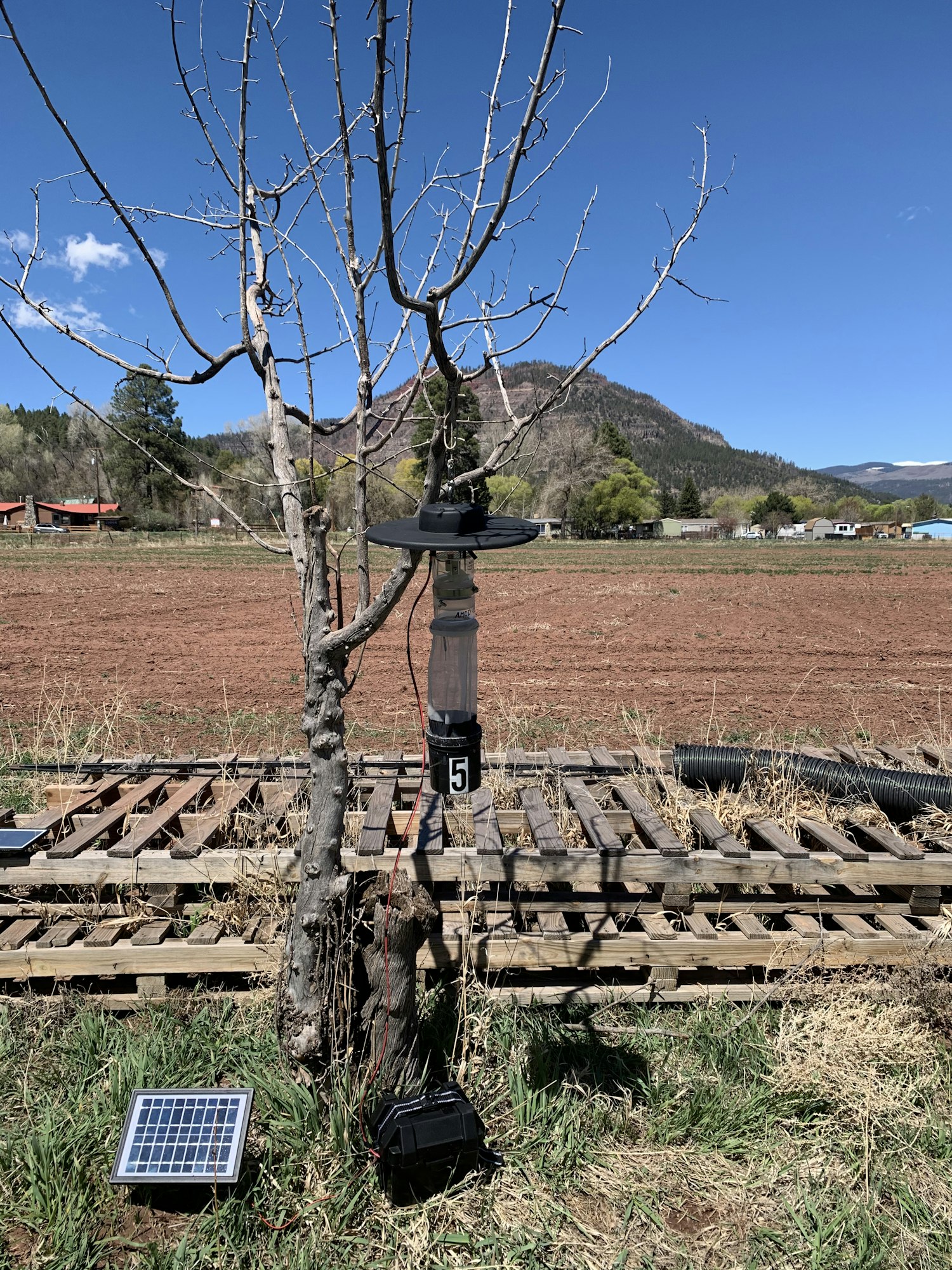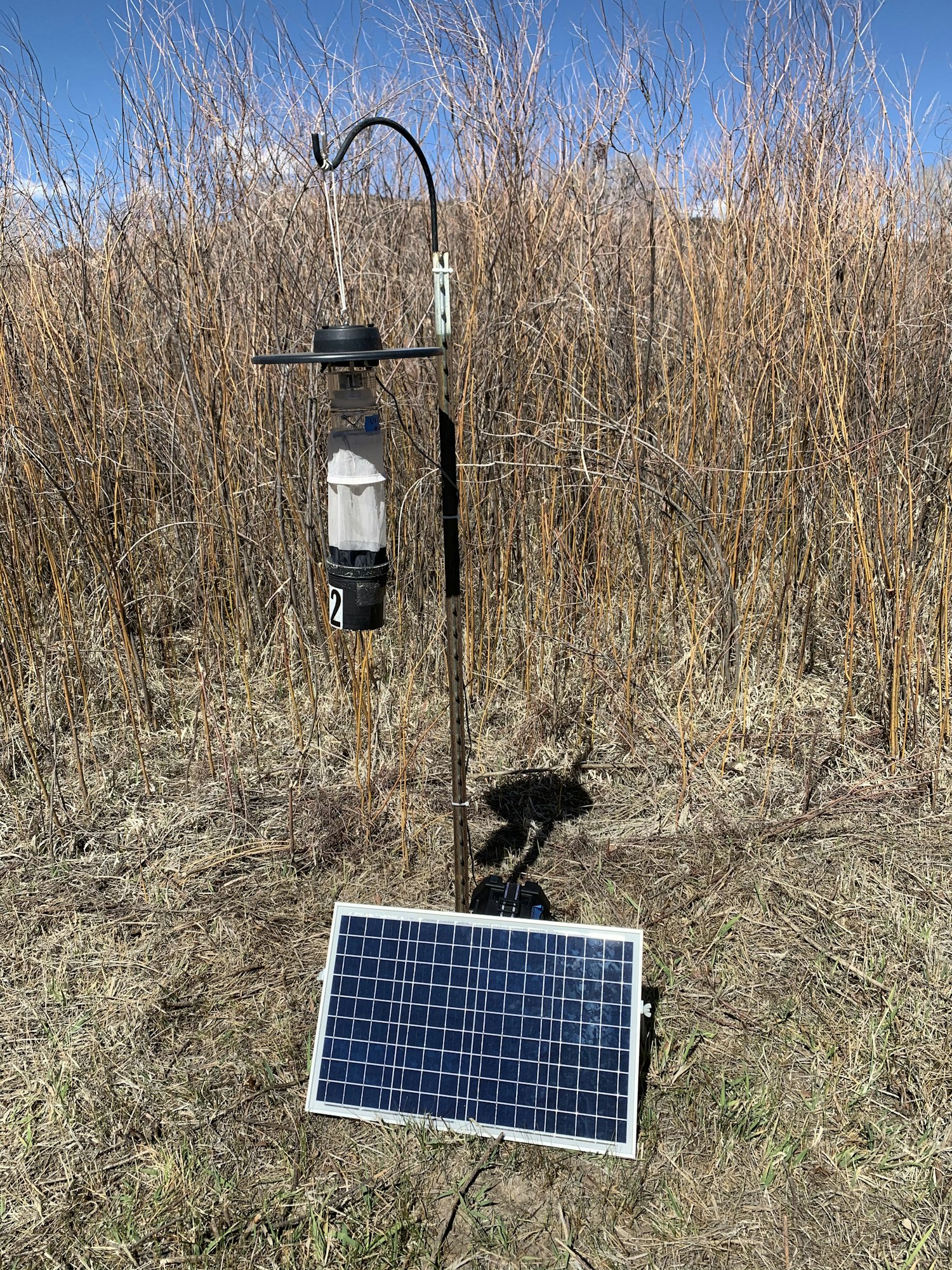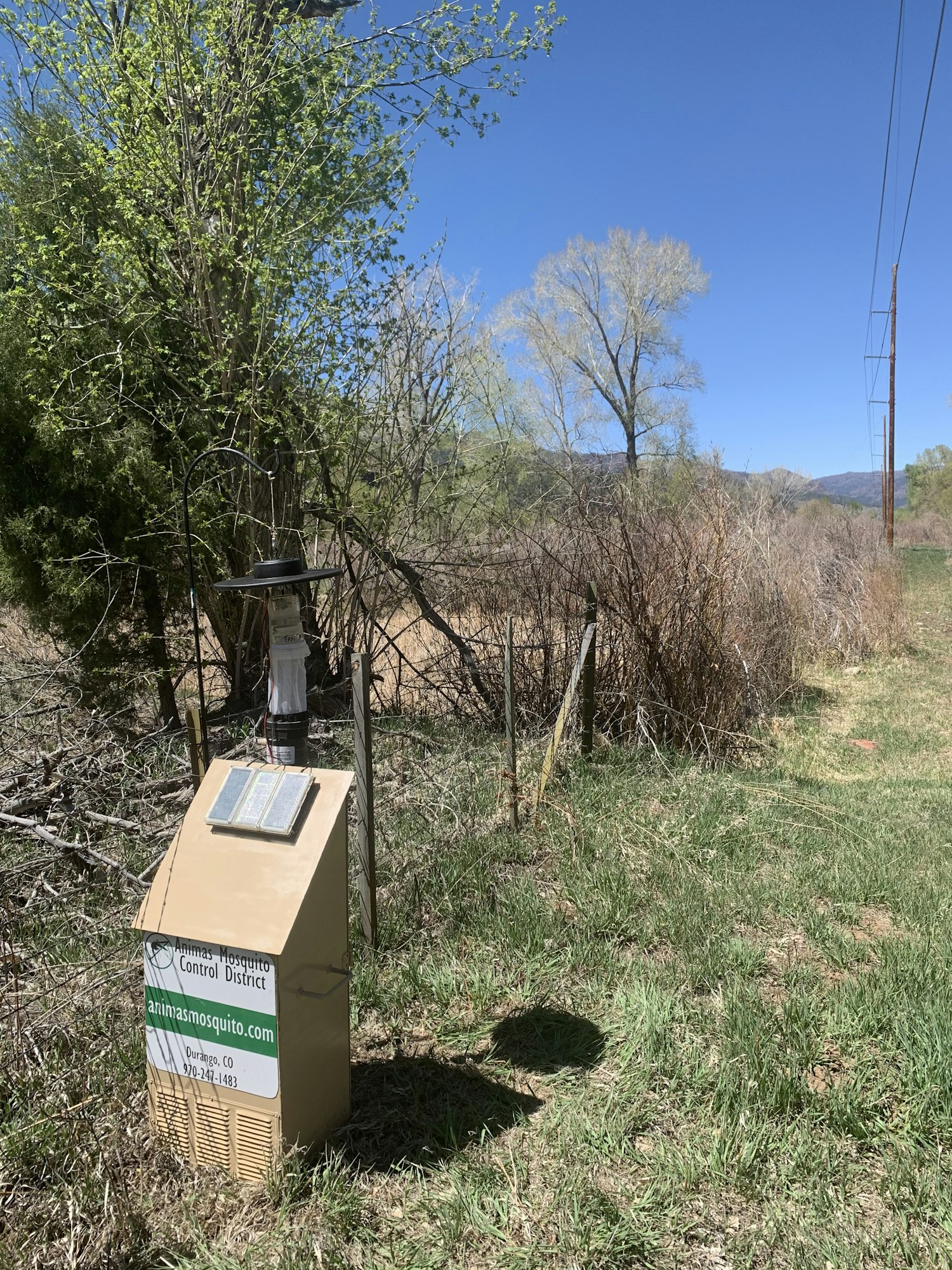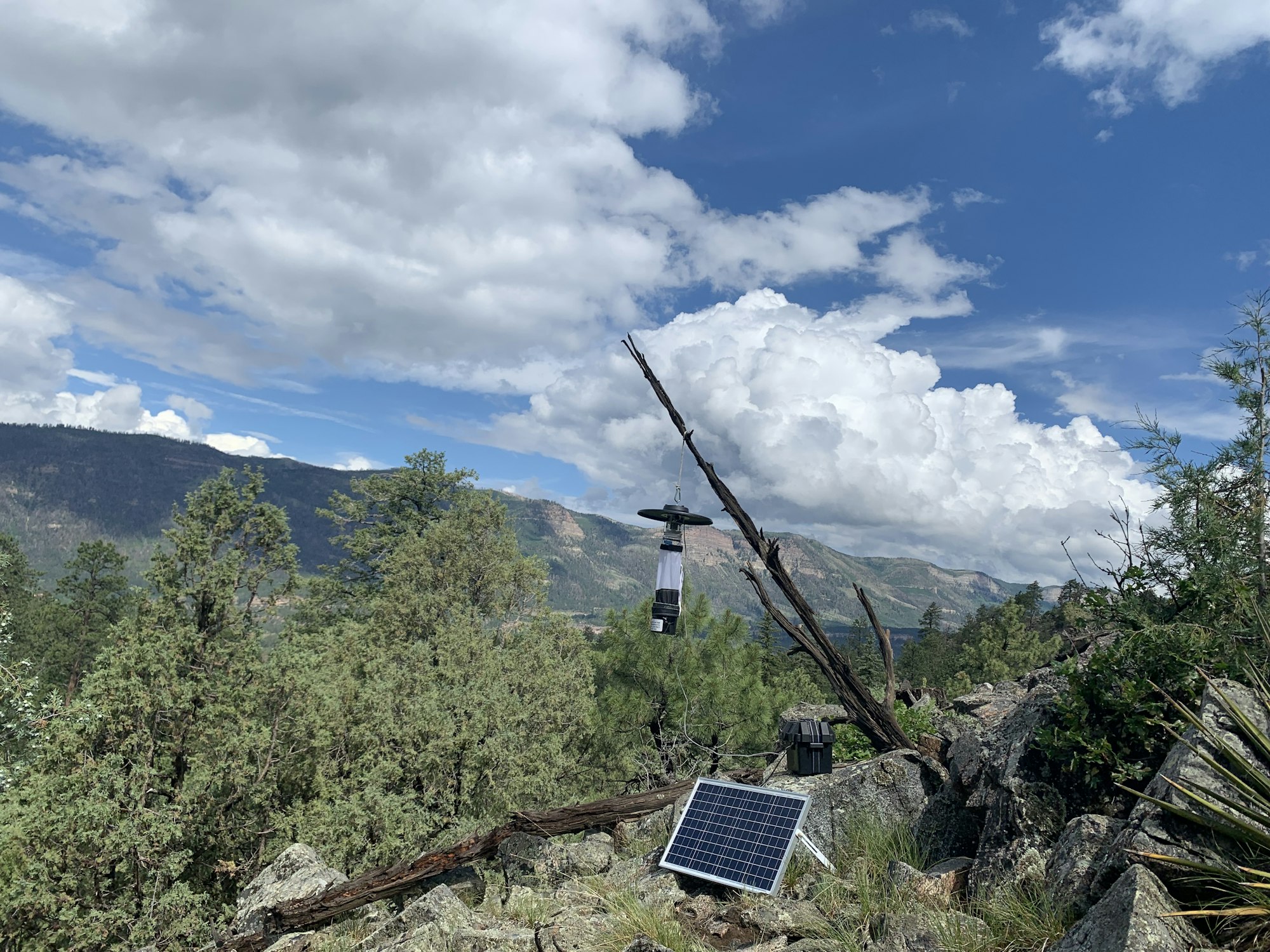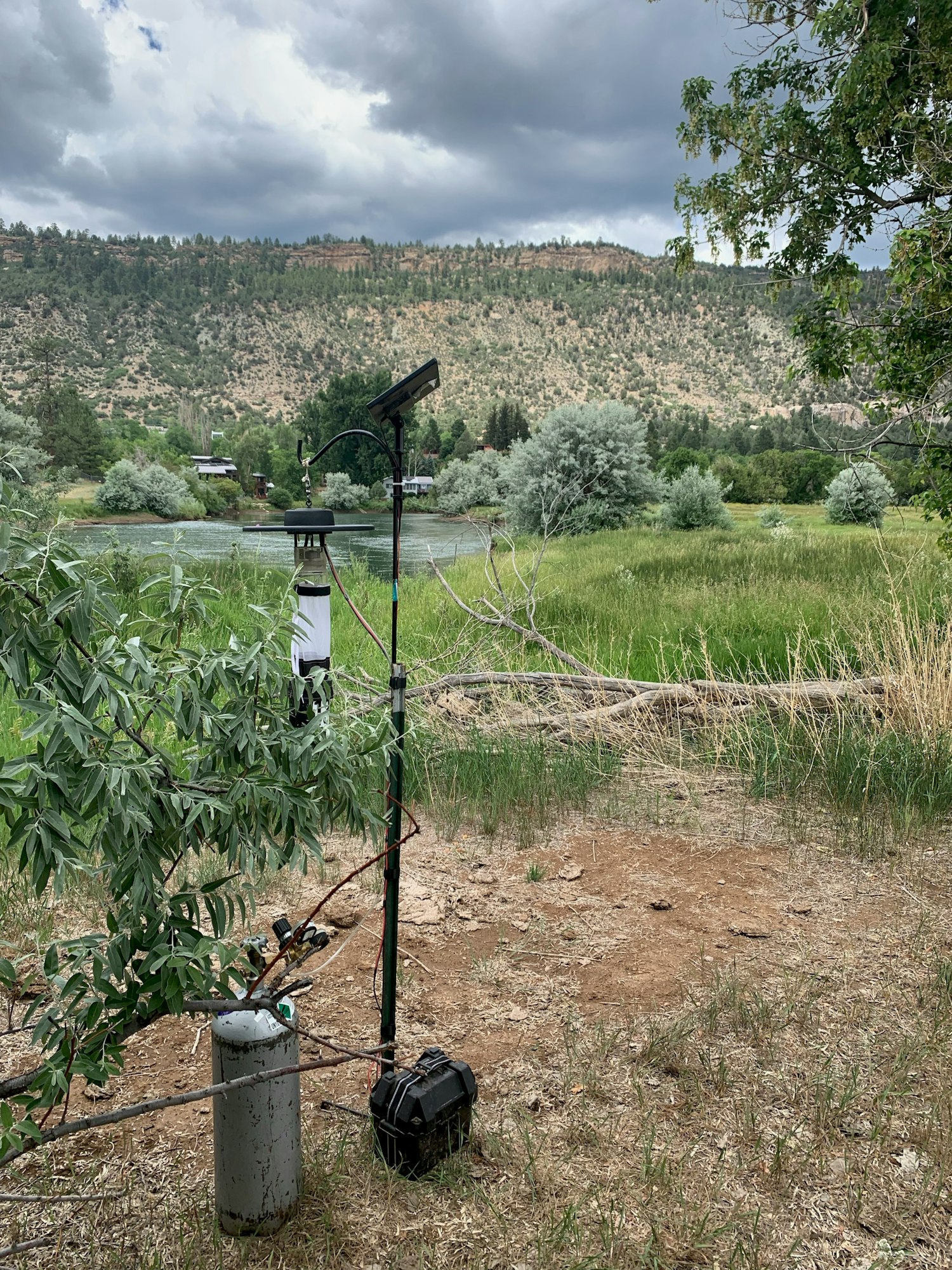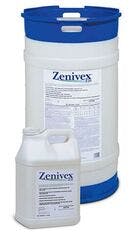Abatement Services
Mosquito Larval Control
Larval control is AMCD's principle form of mosquito abatement (the ending, reduction, or lessening of something). The type and amount of product used is dependent upon the mosquito habitat and mosquito species identified. The mosquito habitats throughout the District are GIS mapped, so monitoring and treating these sites can be done on a schedule. When technicians are not monitoring and treating the known mosquito producing habitats, they are looking for new habitats ('standing water') which could have developed due to rain, changes in the river flow, construction, agriculture (irrigation), etc.
Containers in back/front yards often 'breed' mosquito larvae, leading to thousands of unnecessary adult mosquitoes. Residents' self-monitoring of their own neighborhoods tremendously helps to avoid mosquito related problems.
.jpg?ixlib=rb-1.1.0&w=2000&h=2000&fit=max&or=0&s=a481f54b04e2baf6c7dfe5c273254f86)












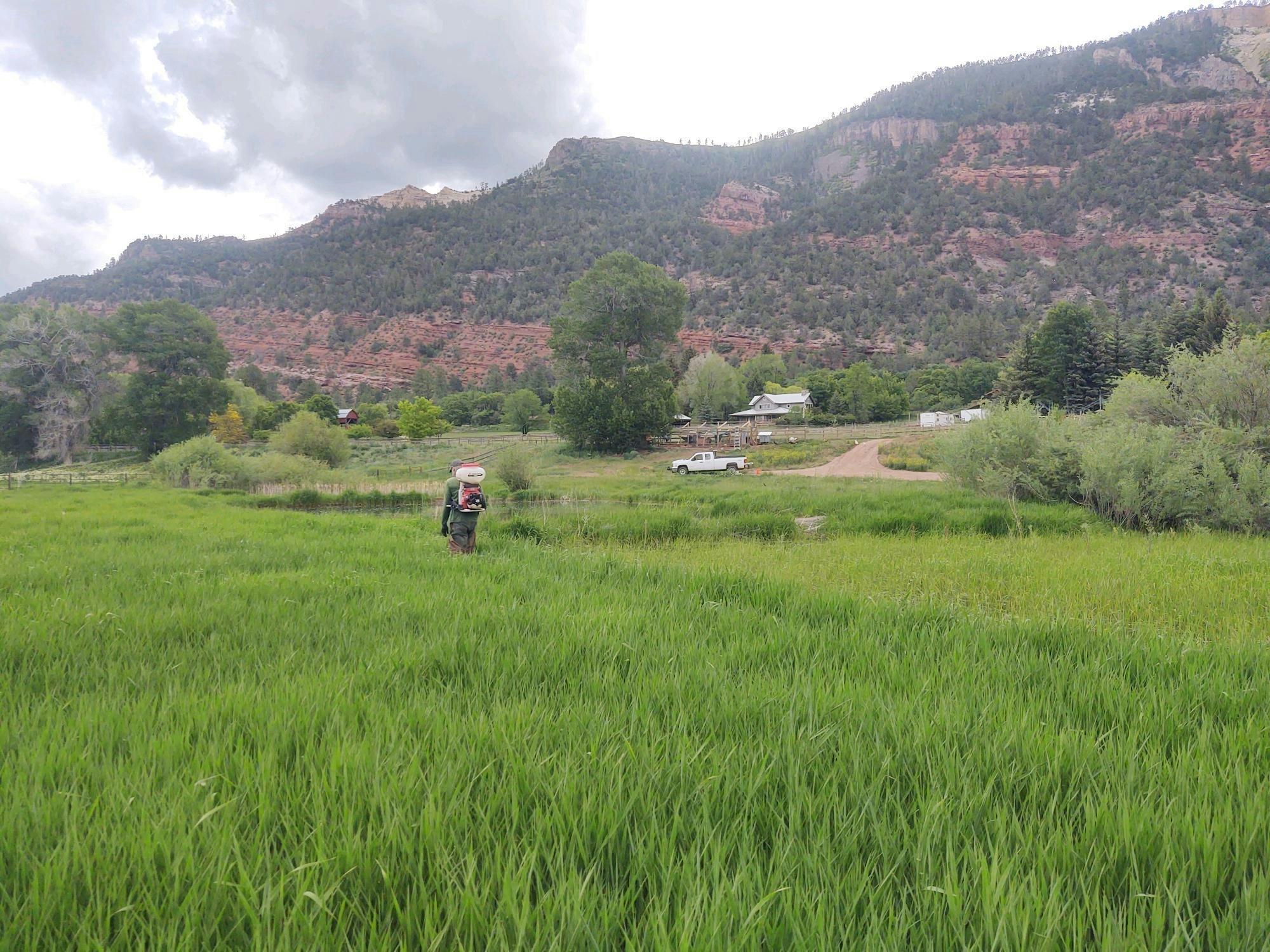

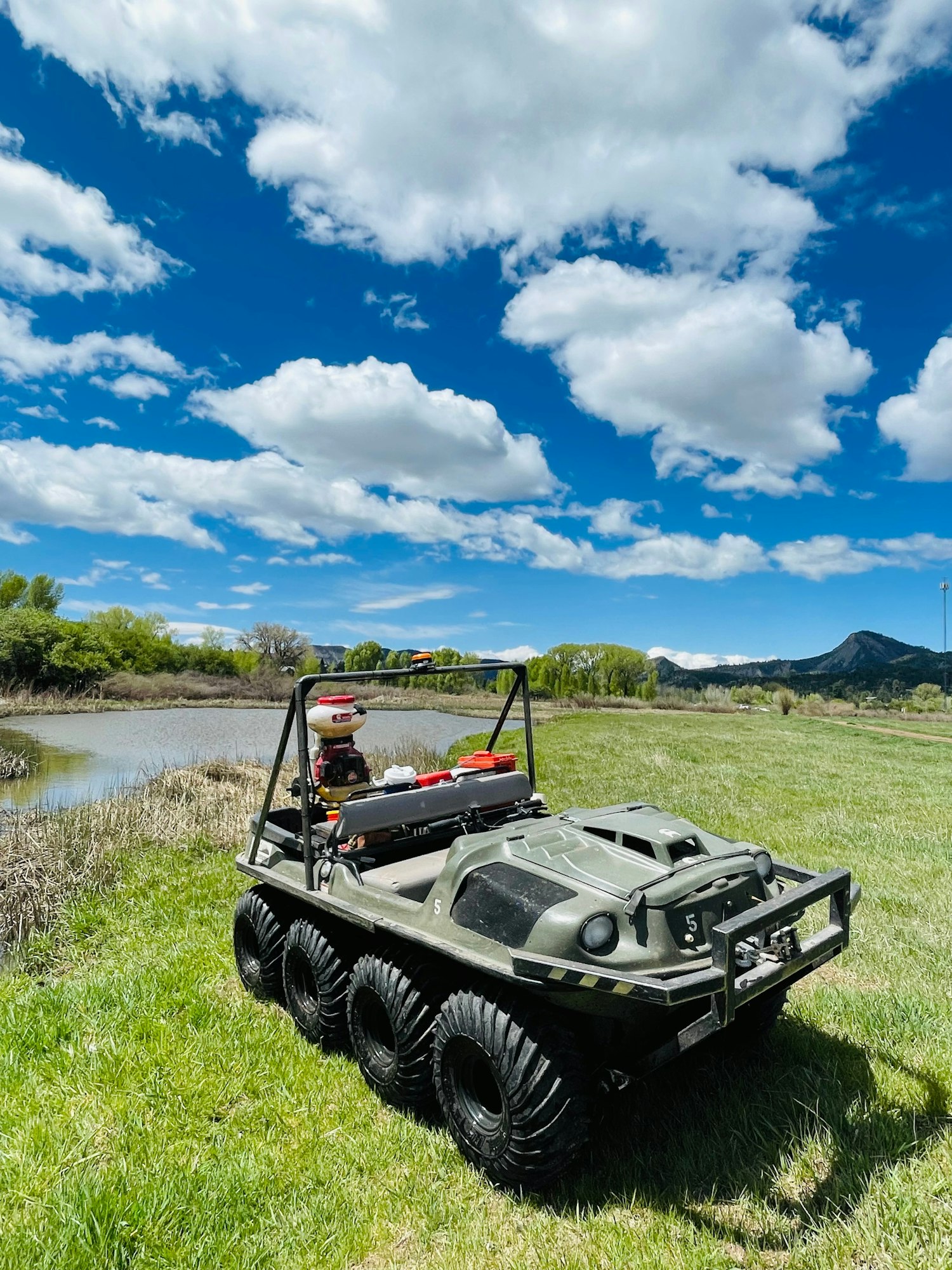
.jpg?ixlib=rb-1.1.0&w=2000&h=2000&fit=max&or=0&s=a481f54b04e2baf6c7dfe5c273254f86)















Adult Mosquito Control
AMCD uses ultra-low volume (ULV) spraying (fogging). ULV spraying is the process of putting very small amounts of an organic mosquito control product into the air as a fine mist of droplets. These droplets float on the air currents and quickly knock down the adult mosquitoes that come in contact with these droplets. These ULV mosquito control products are applied between 8:00 PM and 1:00 A.M when mosquitoes are most active and people are generally in their homes and bees and other pollinators are typically in their shelters. ULV applications are done when;
- resident requests treatment (these are always welcome),
- observation by field technicians reveals an abundance of flyers,
- notice of special events or community functions, or;
- disease potential is indicated.
These applications only occur when environmental conditions are favorable for an effective application. Environmental conditions evaluated include wind, precipitation and temperature.

Mosquito Identification
The AMCD Lab identifies larvae and adult flying mosquitoes. We identify mosquitoes each day throughout the season from locally placed traps, and larval samples brought in by the field crew.
The larval identification provides us with a more accurate picture of the species in the District, as some of the species found in aquatic habitats do not make it into the traps.
Identifying the adult mosquito species present helps provide us with information we can use to locate mosquito breeding habitats. Many mosquitoes have different breeding habitats, activity (biting) periods and host (blood meal) preferences.
It is important to us to know what species are in the area, as some can be disease vectors.
Below is a list of mosquito species that have been identified in the AMCD Lab. Most of the species labeled as a vector (an organism, typically a biting insect or tick, that transmits a disease or parasite from one animal or plant to another) can be found on the West Nile Virus (WNV) vector list from the Center for Disease Control (CDC), while some can be vectors of a variety of diseases:
- Aedes vexans (Most abundant species in our District) (vector)
- Aedes cinerius (vector)
- Anopheles franciscanus (vector)
- Anopheles freeborni (vector)
- Anopheles punctipennis (vector)
- Culex pipiens (vector)
- Culex tarsalis (vector)
- Culiseta incidens (vector)
- Culiseta inornata (vector)
- Ochlerotatus cataphylla
- Ochlerotatus dorsalis (vector)
- Ochlerotatus fitchii (vector)
- Ochlerotatus hexadontus
- Ochlerotatus implicatus
- Ochlerotatus increpitus
- Ochlerotatus intruden
- Ochlerotatus melanimon (vector)
- Ochlerotatus nigromaculis (vector)
- Ochlerotatus pullatus
- Ochlerotatus schizopinax (vector)
- Ochlerotatus trivittatus (vector)
AMCD is partnered with the San Juan Basin Public Health Department (SJBPHD) and the Colorado Department of Health and Environment (CDPHE). Each season a representative sample of the Culex vectoring mosquito species from our traps are sent to the State lab in Denver for West Nile Virus (WNV) testing. In 2019, 8 of the mosquito pools sent in tested positive for the WNV.
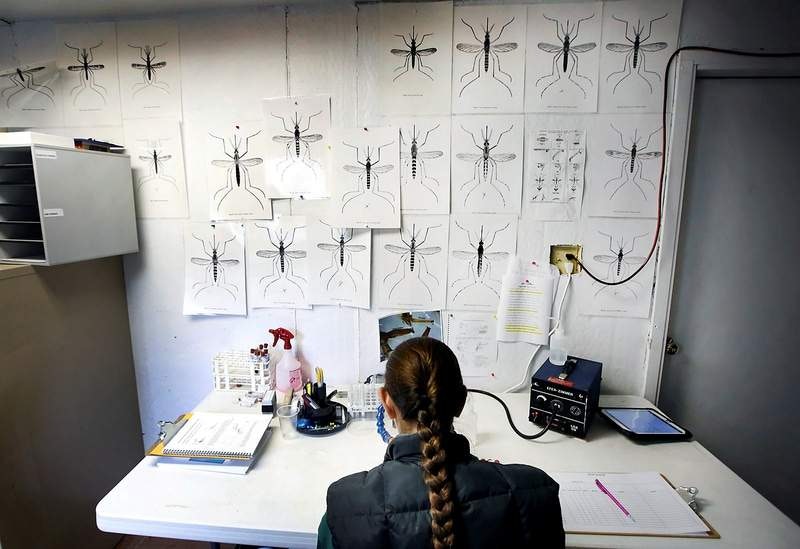





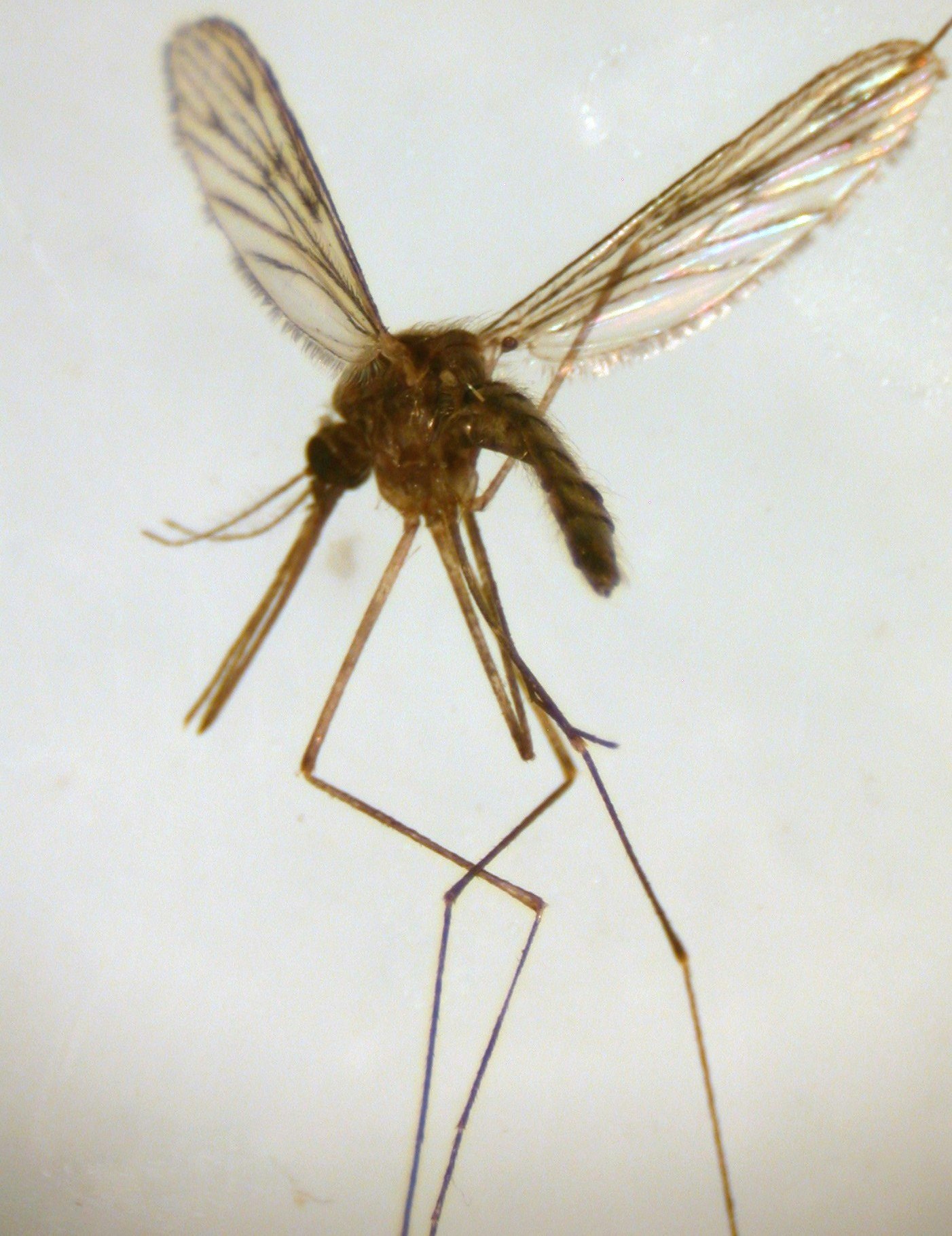







Trapping
Trapping entails the use of mosquito traps that are used from May through September. Traps provide the numbers and locations of adult mosquitoes and a basis for the identification of the species of mosquitoes present in the area. This information, when compared to previous weeks or years, provides the knowledge we need in order to identify and predict repetitive, sporadic, or new problem areas, as well as to predict possible increases in the risk of mosquito-borne diseases.
